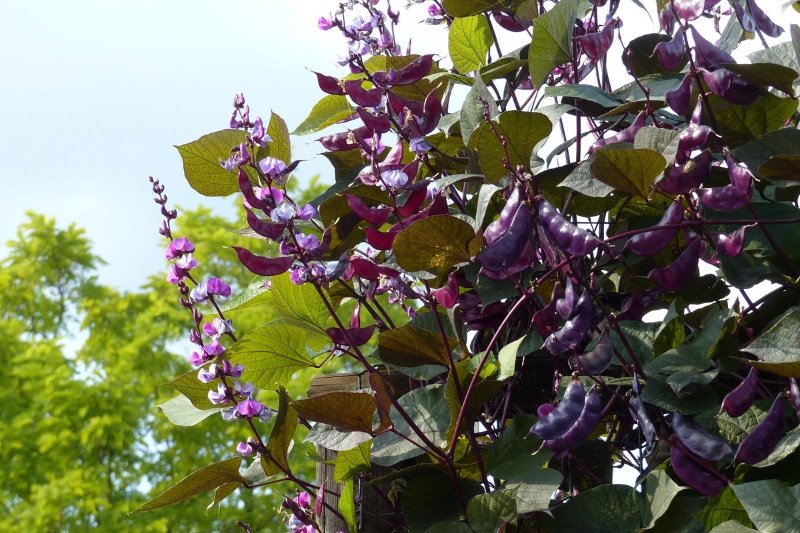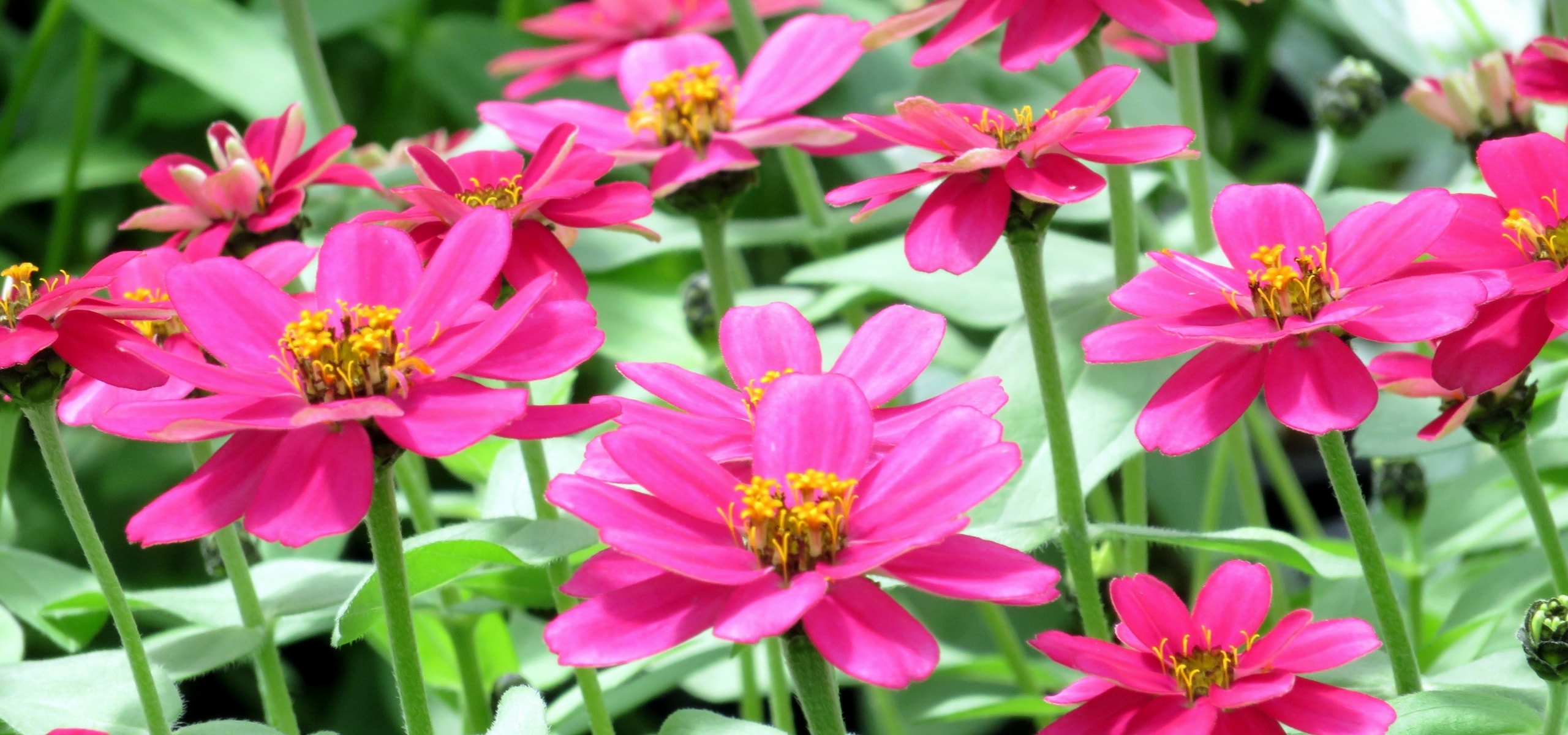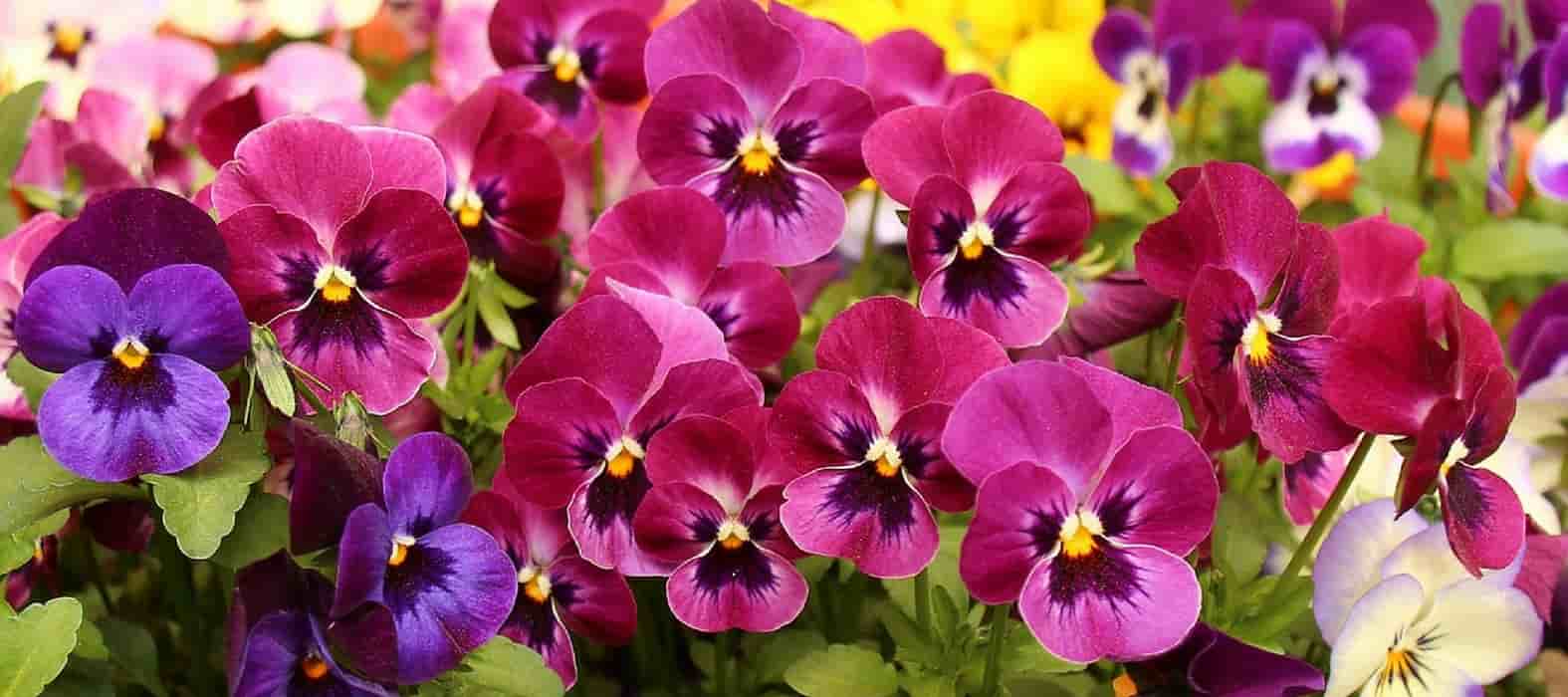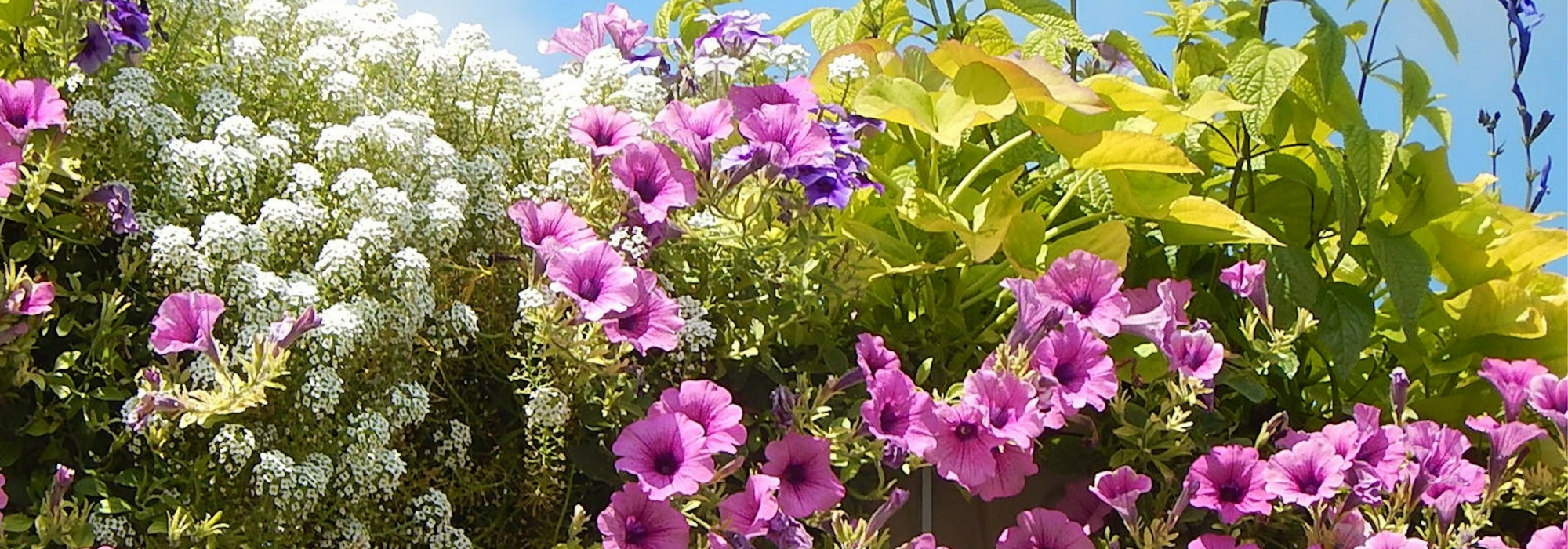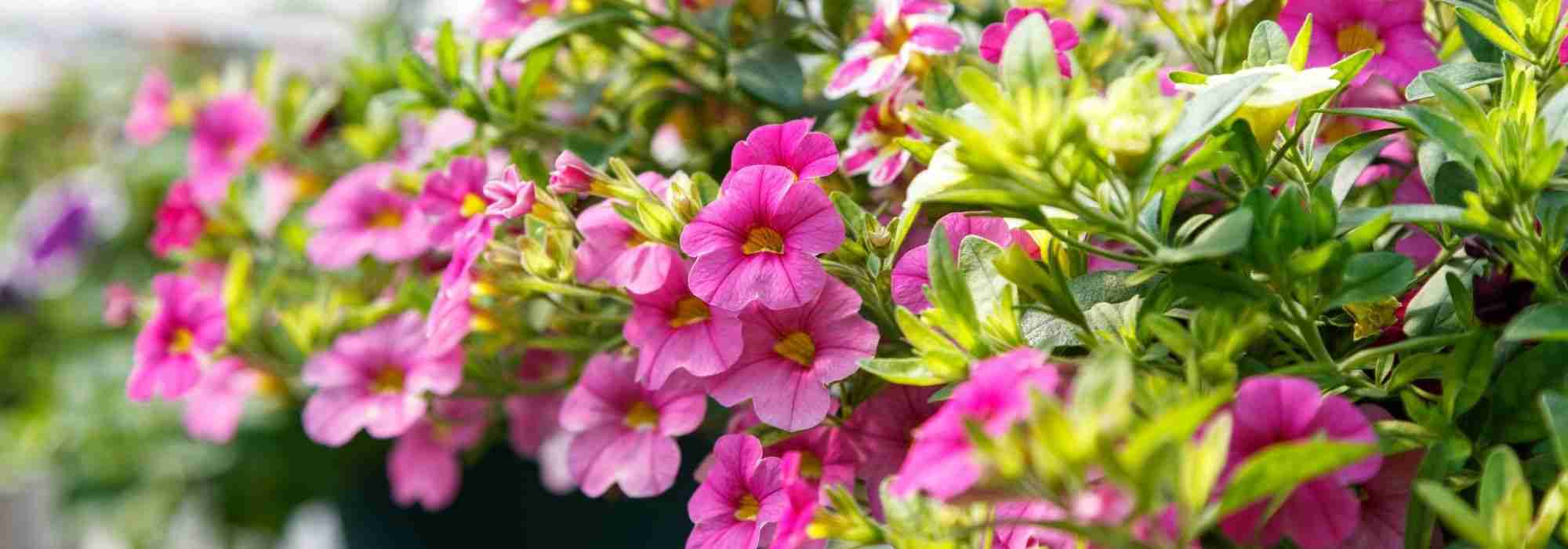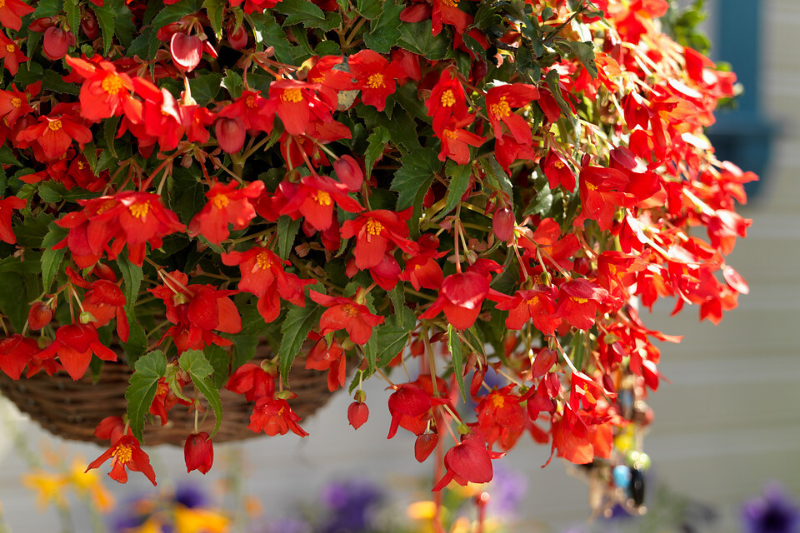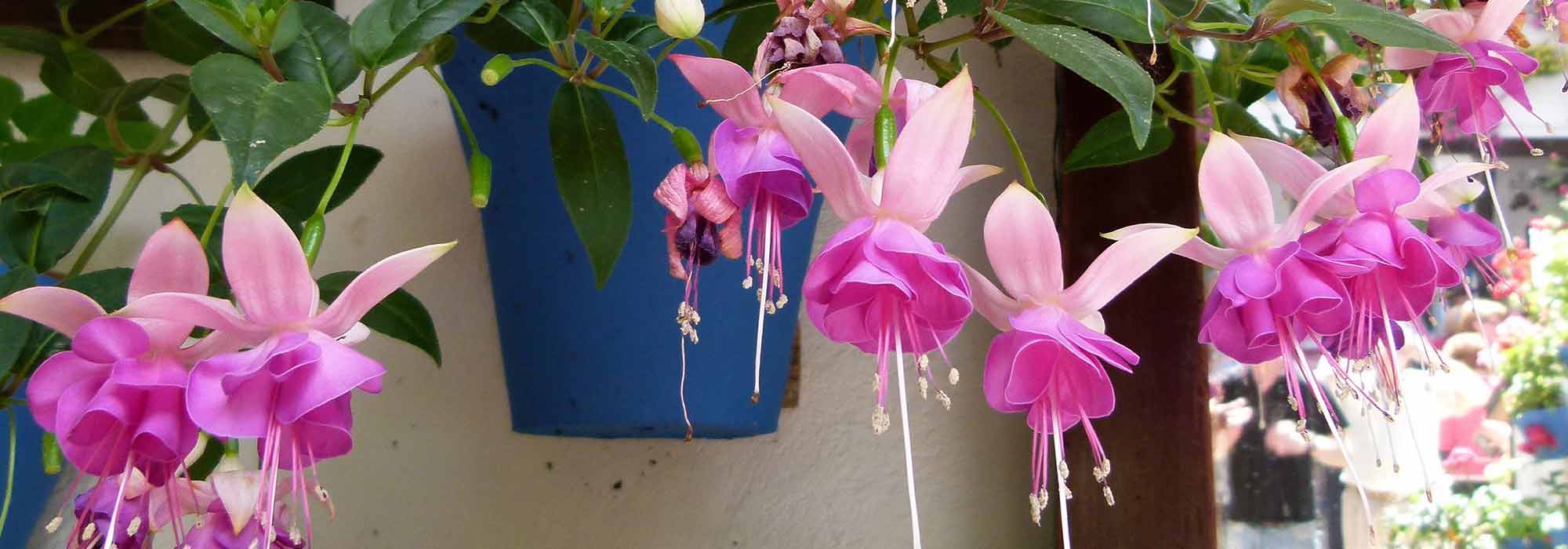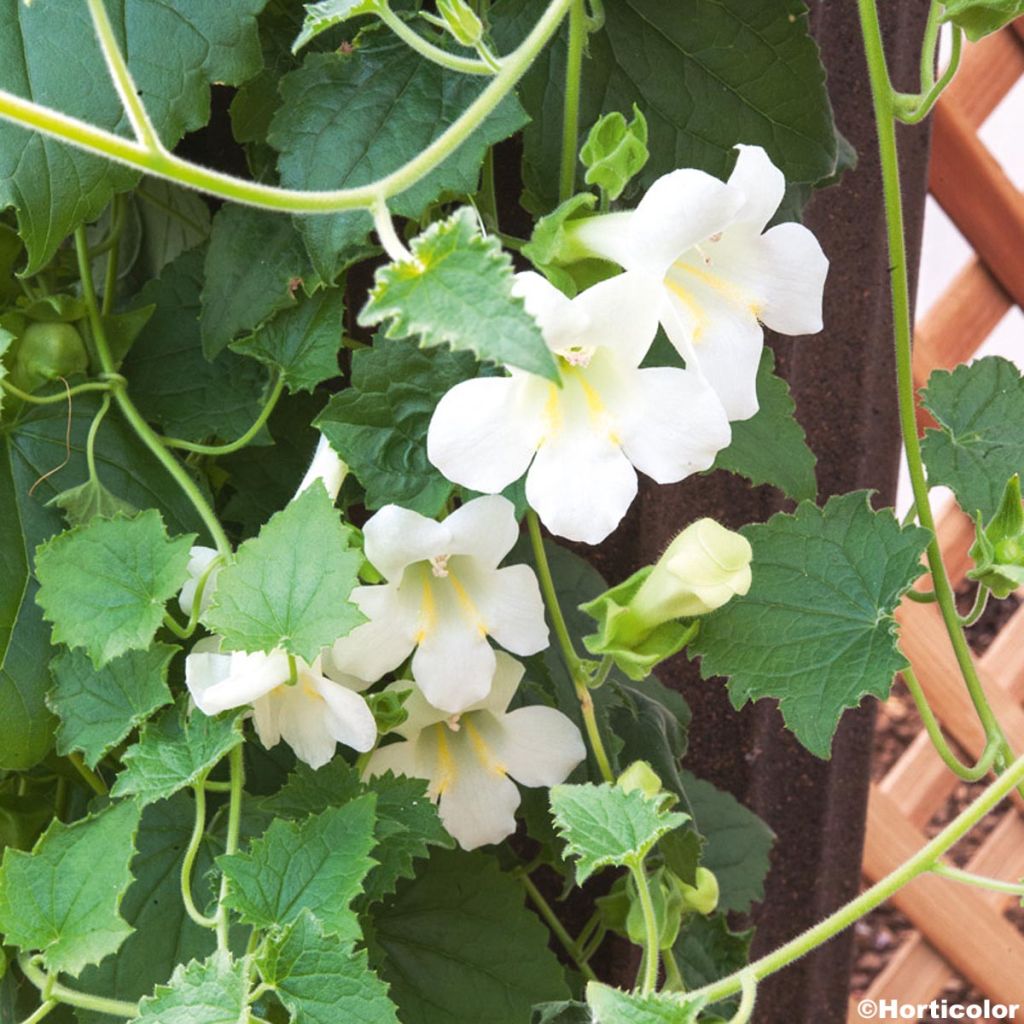

Lofos blanc - Lophospermum scandens Album
Lophospermum scandens Album - Climbing Gloxinia
Lophospermum scandens Album
Climbing Gloxinia, Creeping Gloxinia, Mexican Twining Snapdragon, Climbing Foxglove
Plant that remained very discreet.
martine, 03/11/2024
Special offer!
Receive a €20 voucher for any order over €90 (excluding delivery costs, credit notes, and plastic-free options)!
1- Add your favorite plants to your cart.
2- Once you have reached €90, confirm your order (you can even choose the delivery date!).
3- As soon as your order is shipped, you will receive an email containing your voucher code, valid for 3 months (90 days).
Your voucher is unique and can only be used once, for any order with a minimum value of €20, excluding delivery costs.
Can be combined with other current offers, non-divisible and non-refundable.
This plant carries a 6 months recovery warranty
More information
We guarantee the quality of our plants for a full growing cycle, and will replace at our expense any plant that fails to recover under normal climatic and planting conditions.
Does this plant fit my garden?
Set up your Plantfit profile →
Description
Lophospermum scandens Album, also known as White Lofos, is a beautiful herbaceous vine with rambling stems, perfect for quickly covering supports where it twines. Both lightweight and exuberant, it displays from summer to autumn, until frost, flowers resembling foxgloves in long white tubes, which bloom on narrow heart-shaped foliage, strongly toothed, medium green with greyish undertones. Like clematis, its petioles grasp the supporting structure. The aboveground parts disappear completely in cool climates, and their roots require winter protection. It will thrive in well-drained, cool-to-dry soil, in the gentle sun or in partial shade. Growing it in large containers, where it excels, allows for cultivation anywhere. In cold regions, it is grown annually.
Lophospermum scandens is a plant native to the central zone of southern Mexico and belongs to the Plantaginaceae family. It is often confused with Asarina scandens, although slightly different. In nature, it usually grows on soils of volcanic origin, in oak forests, scrub vegetation, cliffs and canyon walls, and rocky outcrops, including recent lava flows, but always in dry habitats.
'Alba' is a white-flowered form of this wild plant. It is a perennial herbaceous vine with fibrous roots, forming an interlacing of long ramified stems becoming woody at the base until developing a caudex, that is, a swollen structure at the base of the stems, serving as a reserve organ for the plant. This plant will spread 3 m (10ft) in all directions in our climates but much more in its original habitat where the cold does not cut it back. The stems are adorned with heart-shaped and narrow leaves, measuring 3 to 11 cm (1 to 4in) long and 1.6 to 2 cm (1in) wide, ending in a tapered point. They are attached to the stem by a petiole capable of twisting to coil around the support. The leaf margin is strongly toothed and stems and leaves are slightly pubescent, of a medium green colour with a hint of grey.
Flowering occurs from June to July and from October to November until frost. The solitary flowers are tubular and campanulate, resembling those of foxgloves or trumpet vines. They measure from 4 to 5 cm (2in) in length and are formed by five fused petals in a flared white tube, revealing a throat equipped with protruding stamens and a cone-shaped stigma. The flowering is followed by the formation of an ovoid capsule filled with brown seeds.
Lophospermum scandens is often used on patios, planted in a large pot, to cover a pergola or trellis. In the ground, it is a superb plant when allowed to cascade down slopes and rockeries or invade small trees, and it will generously spill over walls with long-lasting cascades of flowers. At planting, place it near support where it can cling as soon as the vegetation starts; it will then find its way towards the light. It is also a good plant for hanging baskets, although its growth will be more limited there.
Note: Attention, our young plug plants are professional products reserved for experienced gardeners: upon receipt, transplant and store them under shelter (veranda, greenhouse, cold frame...) at a temperature above 14°C (57.2°F) for a few weeks before being planted outdoors once the risk of frost has passed.
Report an error about the product description
Plant habit
Flowering
Foliage
Botanical data
Lophospermum
scandens
Album
Plantaginaceae
Climbing Gloxinia, Creeping Gloxinia, Mexican Twining Snapdragon, Climbing Foxglove
South America
Planting and care
Plant your Lophospermum sacndens in the ground after the last frost in a sunny but not scorching location. You can also plant them in pots placed in a sheltered spot, which you will bring out in the summer. If you plant them in the ground, wait until the frost has passed. Lophospermum plants require a well-drained, relatively dry soil, but not necessarily very rich. Water moderately. In pots, regular watering is necessary in the summer, allowing the soil to dry between two waterings. In winter, you can keep your lophospermum plants inside a veranda or a cold greenhouse. They do not tolerate temperatures below -5°C (23°F) well. In the ground, in mild climates, plant them against a well-exposed wall, but with some shade in the summer. The frost will destroy the vegetation, but the plant will come back in the spring by protecting the stump with a thick layer of dry turf.
Planting period
Intended location
Care
Planting & care advice
-
, onOrder confirmed
Reply from on Promesse de fleurs
Haven't found what you were looking for?
Hardiness is the lowest winter temperature a plant can endure without suffering serious damage or even dying. However, hardiness is affected by location (a sheltered area, such as a patio), protection (winter cover) and soil type (hardiness is improved by well-drained soil).

Photo Sharing Terms & Conditions
In order to encourage gardeners to interact and share their experiences, Promesse de fleurs offers various media enabling content to be uploaded onto its Site - in particular via the ‘Photo sharing’ module.
The User agrees to refrain from:
- Posting any content that is illegal, prejudicial, insulting, racist, inciteful to hatred, revisionist, contrary to public decency, that infringes on privacy or on the privacy rights of third parties, in particular the publicity rights of persons and goods, intellectual property rights, or the right to privacy.
- Submitting content on behalf of a third party;
- Impersonate the identity of a third party and/or publish any personal information about a third party;
In general, the User undertakes to refrain from any unethical behaviour.
All Content (in particular text, comments, files, images, photos, videos, creative works, etc.), which may be subject to property or intellectual property rights, image or other private rights, shall remain the property of the User, subject to the limited rights granted by the terms of the licence granted by Promesse de fleurs as stated below. Users are at liberty to publish or not to publish such Content on the Site, notably via the ‘Photo Sharing’ facility, and accept that this Content shall be made public and freely accessible, notably on the Internet.
Users further acknowledge, undertake to have ,and guarantee that they hold all necessary rights and permissions to publish such material on the Site, in particular with regard to the legislation in force pertaining to any privacy, property, intellectual property, image, or contractual rights, or rights of any other nature. By publishing such Content on the Site, Users acknowledge accepting full liability as publishers of the Content within the meaning of the law, and grant Promesse de fleurs, free of charge, an inclusive, worldwide licence for the said Content for the entire duration of its publication, including all reproduction, representation, up/downloading, displaying, performing, transmission, and storage rights.
Users also grant permission for their name to be linked to the Content and accept that this link may not always be made available.
By engaging in posting material, Users consent to their Content becoming automatically accessible on the Internet, in particular on other sites and/or blogs and/or web pages of the Promesse de fleurs site, including in particular social pages and the Promesse de fleurs catalogue.
Users may secure the removal of entrusted content free of charge by issuing a simple request via our contact form.
The flowering period indicated on our website applies to countries and regions located in USDA zone 8 (France, the United Kingdom, Ireland, the Netherlands, etc.)
It will vary according to where you live:
- In zones 9 to 10 (Italy, Spain, Greece, etc.), flowering will occur about 2 to 4 weeks earlier.
- In zones 6 to 7 (Germany, Poland, Slovenia, and lower mountainous regions), flowering will be delayed by 2 to 3 weeks.
- In zone 5 (Central Europe, Scandinavia), blooming will be delayed by 3 to 5 weeks.
In temperate climates, pruning of spring-flowering shrubs (forsythia, spireas, etc.) should be done just after flowering.
Pruning of summer-flowering shrubs (Indian Lilac, Perovskia, etc.) can be done in winter or spring.
In cold regions as well as with frost-sensitive plants, avoid pruning too early when severe frosts may still occur.
The planting period indicated on our website applies to countries and regions located in USDA zone 8 (France, United Kingdom, Ireland, Netherlands).
It will vary according to where you live:
- In Mediterranean zones (Marseille, Madrid, Milan, etc.), autumn and winter are the best planting periods.
- In continental zones (Strasbourg, Munich, Vienna, etc.), delay planting by 2 to 3 weeks in spring and bring it forward by 2 to 4 weeks in autumn.
- In mountainous regions (the Alps, Pyrenees, Carpathians, etc.), it is best to plant in late spring (May-June) or late summer (August-September).
The harvesting period indicated on our website applies to countries and regions in USDA zone 8 (France, England, Ireland, the Netherlands).
In colder areas (Scandinavia, Poland, Austria...) fruit and vegetable harvests are likely to be delayed by 3-4 weeks.
In warmer areas (Italy, Spain, Greece, etc.), harvesting will probably take place earlier, depending on weather conditions.
The sowing periods indicated on our website apply to countries and regions within USDA Zone 8 (France, UK, Ireland, Netherlands).
In colder areas (Scandinavia, Poland, Austria...), delay any outdoor sowing by 3-4 weeks, or sow under glass.
In warmer climes (Italy, Spain, Greece, etc.), bring outdoor sowing forward by a few weeks.

































